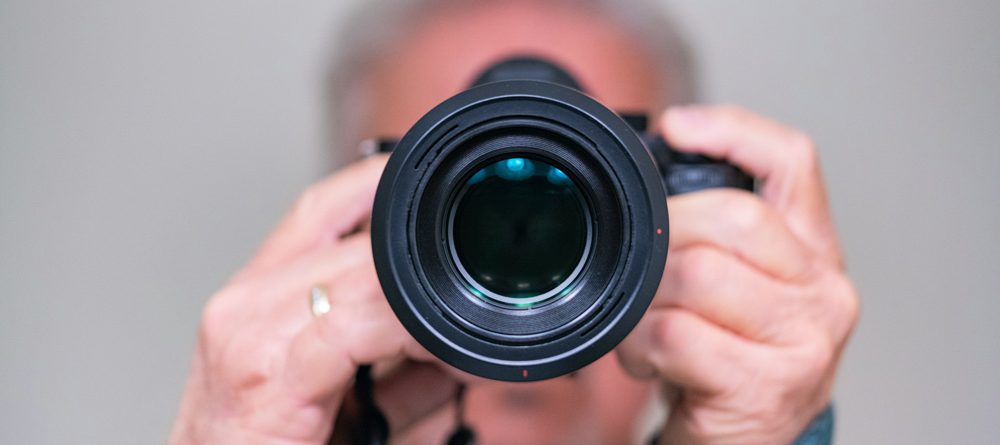Composition in photography
Composition in photography is one of the essential and vital factors that can have a significant impact on the quality and visual appeal of images. From advertising photos to industrial images, proper composition not only helps capture the viewer’s attention but also effectively conveys the main message of the photo. In advertising photography, creative and artistic composition can highlight a product or service in a way that creates a desire to purchase and use it. Conversely, in industrial photography, composition should focus on the accuracy and clarity of technical information and product details, showcasing its functionality and capabilities correctly.
This article examines the requirements, tips, and tricks related to composition in photography, from choosing the background and lighting to using specialized tools and final image editing. Given the importance of composition in conveying messages and attracting audiences, familiarity with different techniques and their correct application can significantly improve the quality and impact of photos. We will delve into key points and professional tips that will help you achieve professional and effective composition in all types of photography, from advertising to industrial.
Why is composition important in advertising and industrial photography?
Composition in advertising and industrial photography plays a very important role in the success of the final images. This importance is not only due to capturing the viewer’s attention but also because of the deep impact it has on how viewers perceive and interpret the images. Below, we examine the reasons for the importance of composition in these two types of photography.
Importance of Composition in Advertising Photography:
- Attracting Attention and Evoking Emotions: In advertising photography, the main goal is to capture the viewer’s attention and evoke their emotions. Proper composition can effectively achieve these goals. Using creative compositions and attractive colors can give images a strong visual appeal that draws the viewer in and encourages more engagement with the advertisement.
- Highlighting the Product or Service: Proper composition in advertising photography helps highlight the product or service. By using appropriate lighting, choosing a harmonious background, and setting the camera angle correctly, the prominent features of the product can be showcased in the best possible way.
- Creating an emotional connection: Advertising images must be able to establish an emotional connection with the audience. Proper composition, the use of suitable models, and creating a storytelling atmosphere can enhance this connection. This makes the audience emotionally connect with the product or service, increasing the desire to purchase it.
- Communicating the advertising message: Every advertisement has its own specific message that must be conveyed to the audience. Proper composition helps ensure that this message is clearly and attractively communicated to the audience. For example, in food photography, the right composition can convey the freshness and deliciousness of the product to the audience.
Professional Composition in Product Photography
Product photography is one of the important areas in commercial photography, with the primary goal of precisely, attractively, and effectively showcasing products for sale on various platforms such as websites, catalogs, and advertisements. Professional composition plays a crucial role in creating attractive and impactful images that can make a significant difference in the success of product sales. In this article, we will explore techniques and important tips for professional product photography composition.
Tips for Professional Product Photography Composition:
- Background Selection:
- Choose a background that complements the product without overwhelming it. Neutral colors like white, black, or grey are often best.
- Lighting:
- Use soft, diffused lighting to avoid harsh shadows and reflections. Natural light or softbox lighting can be very effective.
- Product Positioning:
- Position the product as the central focus. Ensure it is clean and free of any dust or fingerprints.
- Props and Complementary Items:
- Use props that enhance the product’s appeal without distracting from it. These can include related items or thematic props.
- Angles and Perspectives:
- Experiment with different angles to find the most flattering perspective. Close-ups can highlight details, while wide shots can show the product in context.
- Focus and Depth of Field:
- Ensure the product is in sharp focus. Use a shallow depth of field to blur the background and make the product stand out.
- Editing:
- Post-processing is essential. Adjust brightness, contrast, and colors to make the product look its best while keeping it natural.
- Consistency:
- Maintain a consistent style across all product photos to ensure a cohesive look, especially important for online stores or catalogs.
Final Words
Composition in photography is one of the vital factors in creating attractive and effective images. By considering the requirements, tips, and tricks discussed in this article, you can create the best possible images. By understanding the goal and audience, choosing an appropriate background, professional lighting, using various angles of view, effective composition, and precise image editing, you can achieve outstanding results in photography. Additionally, drawing inspiration from the works of famous photographers and experimenting with different techniques can help improve your skills. By following these tips, you can achieve high-quality and more attractive photos that have a greater impact on your audience and effectively pursue your desired goals.






Leave a Reply